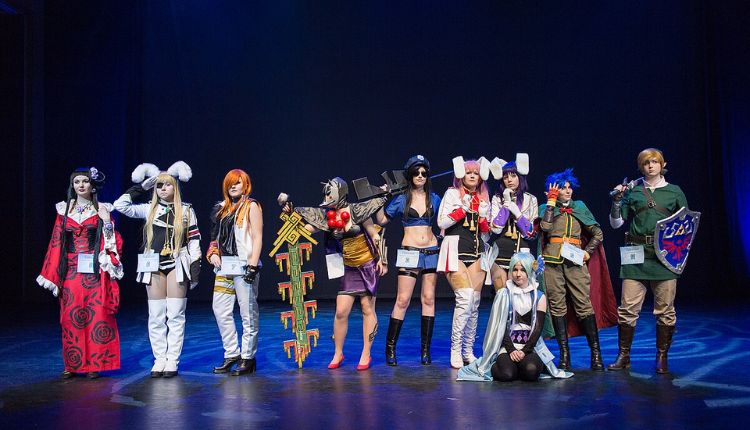The time period “Mangas hentai” itself actually means “perversion” or “abnormality” in Japanese; however, in Western utilisation, it has come to symbolise person-themed anime and manga. While mainstream manga regularly covers a big range of genres like movement, romance, and delusion, hentai manga mainly caters to a target audience, offering erotic content and issues.
Historical Background of Mangas hentai
The origins of Mangas hentai can be traced back to early Japanese artwork forms, inclusive of shunga, which were erotic woodblock prints created throughout the Edo period. These prints portrayed scenes and were taken into consideration as a form of art and entertainment at the time. With the arrival of cutting-edge manga after World War II, artists started to experiment with more explicit content material, leading to the upward push of hentai manga as a distinct style within the 1970s and 1980s.
Characteristics of Mangas Hentai
Mangas hentai usually features exaggerated and stylised male or female designs, regularly with large eyes and dramatic expressions. The storylines range widely from easy erotic scenes to complex narratives with evolved characters and plots.
Unlike a few Western comics, which could be recognised entirely for their content, hentai manga can combine erotica with elements of fantasy, science fiction, horror, and romance. This variety makes it an attraction to a huge variety of tastes in the grown-up target market.
Popular Themes and Tropes
Certain themes and tropes are common in Mangas hentai. These encompass fantasies related to supernatural beings, college settings, and electricity dynamics, amongst others. The genre also explores taboo subjects, which are often controversial, sparking debates about censorship and morality. Despite the person’s content, many hentai manga are crafted with a sizeable interest in story and inventive finesse.
Cultural Reception in Japan
In Japan, Mangas hentai occupies a complex space culturally. While it’s miles extensively produced and eaten up, it remains fairly taboo and is generally stored cut loose from mainstream media. The grown-up nature of those works means they’re bought in specialised shops or restrained sections, and plenty of shops require age verification for purchase. Japanese law has particular guidelines about the depiction of genitalia, which artists often navigate creatively.
International Popularity and Influence
Outside Japan, hentai manga has gained a huge following, specifically with the rise of the internet. Fans internationally get admission to digital versions, fan translations, and groups that speak and percentage content. This worldwide reach has prompted other media works, such as Western comics and animations, wherein stylistic and thematic elements from hentai are from time to time included.
Legal and Ethical Considerations: Mangas hentai
The distribution and consumption of Mangas hentai exacerbate prison and moral problems in many countries. Some jurisdictions impose strict bans or censorship because of the specific nature of the content material or because of depictions that might be considered beside the point or unlawful. These legal guidelines vary extensively, reflecting special cultural standards and societal norms. Additionally, moral debate raises awareness of the portrayal of consent and the effect such media might also have on viewers.
Artistic Value and Criticism
Despite its explicit nature, many Mangas hentai are praised for their inventive craftsmanship. Talented illustrators and writers frequently work in the genre, producing notable artwork and storytelling. However, the style also faces criticism for objectifying characters or selling unrealistic depictions. Like all artwork, hentai manga may be both celebrated and criticised depending on personal and cultural perspectives.
The Role of Technology in Distribution
Technological advancements have converted how Mangas hentai is created, distributed, and consumed. Digital platforms and online shops have made getting entry easier for fans while additionally creating challenges associated with piracy and copyright enforcement. Manga artists are increasingly using an increasing number of uses for virtual tools to provide and color their work, taking into consideration greater distinct and polished illustrations.
Conclusion
Mangas hentai is a complicated and multifaceted genre within Japanese manga culture. It combines inventive expression, personal entertainment, and cultural controversy. While it is not appropriate for all audiences, its impact and reputation cannot be omitted in the broader context of manga and worldwide pop culture. Understanding hentai manga calls for acknowledging both its artistic merits and the challenges it presents in terms of criminal and moral considerations.
